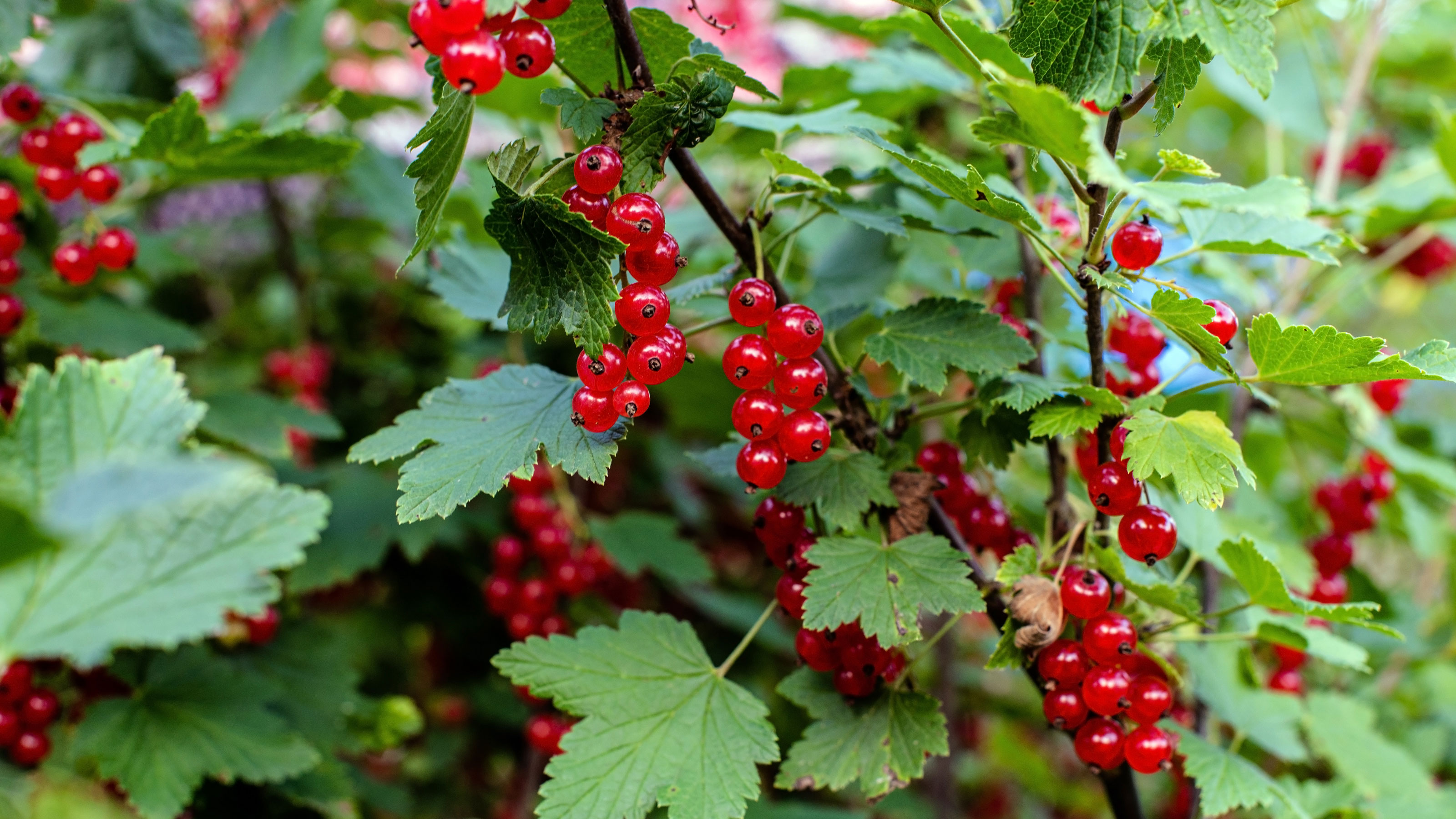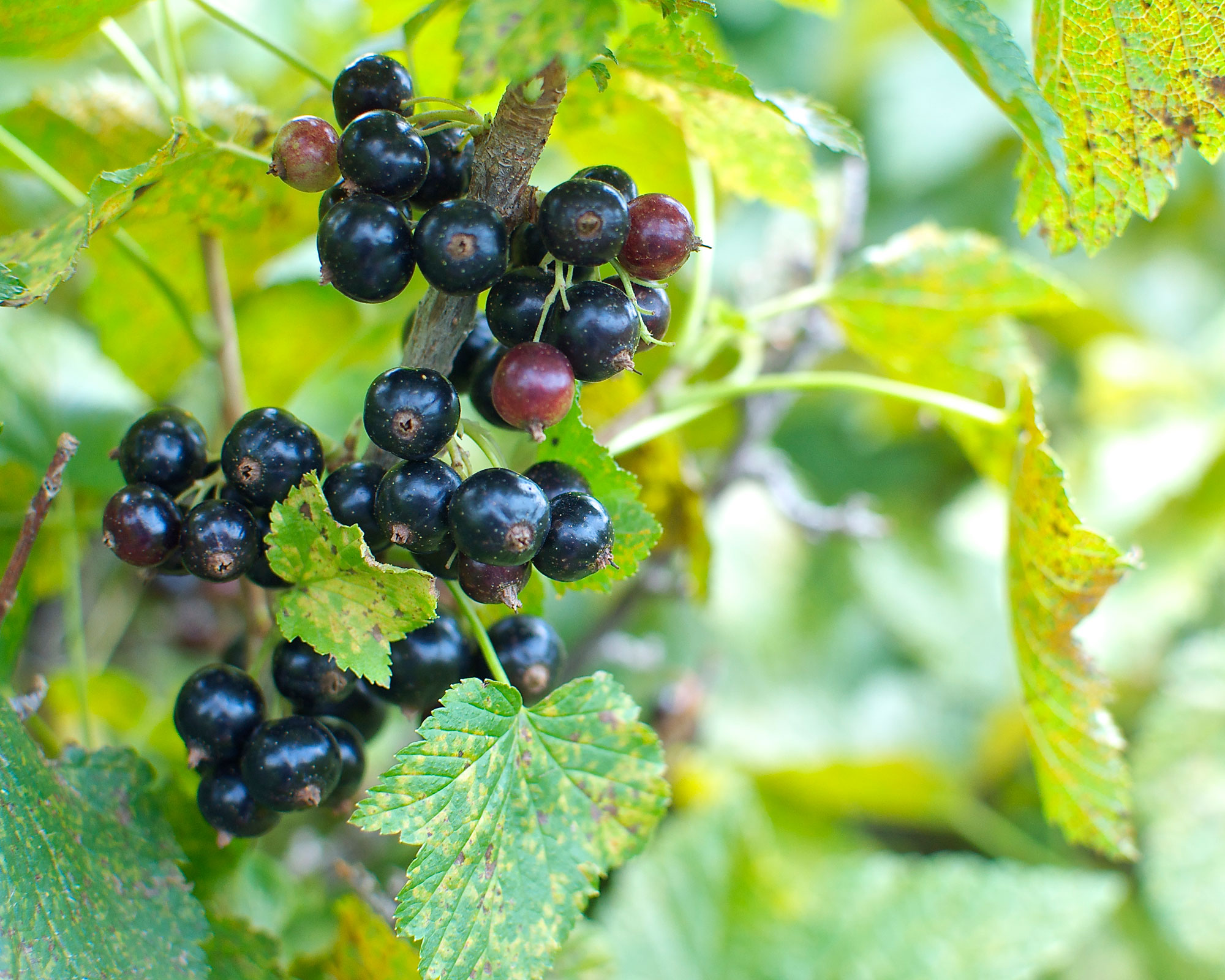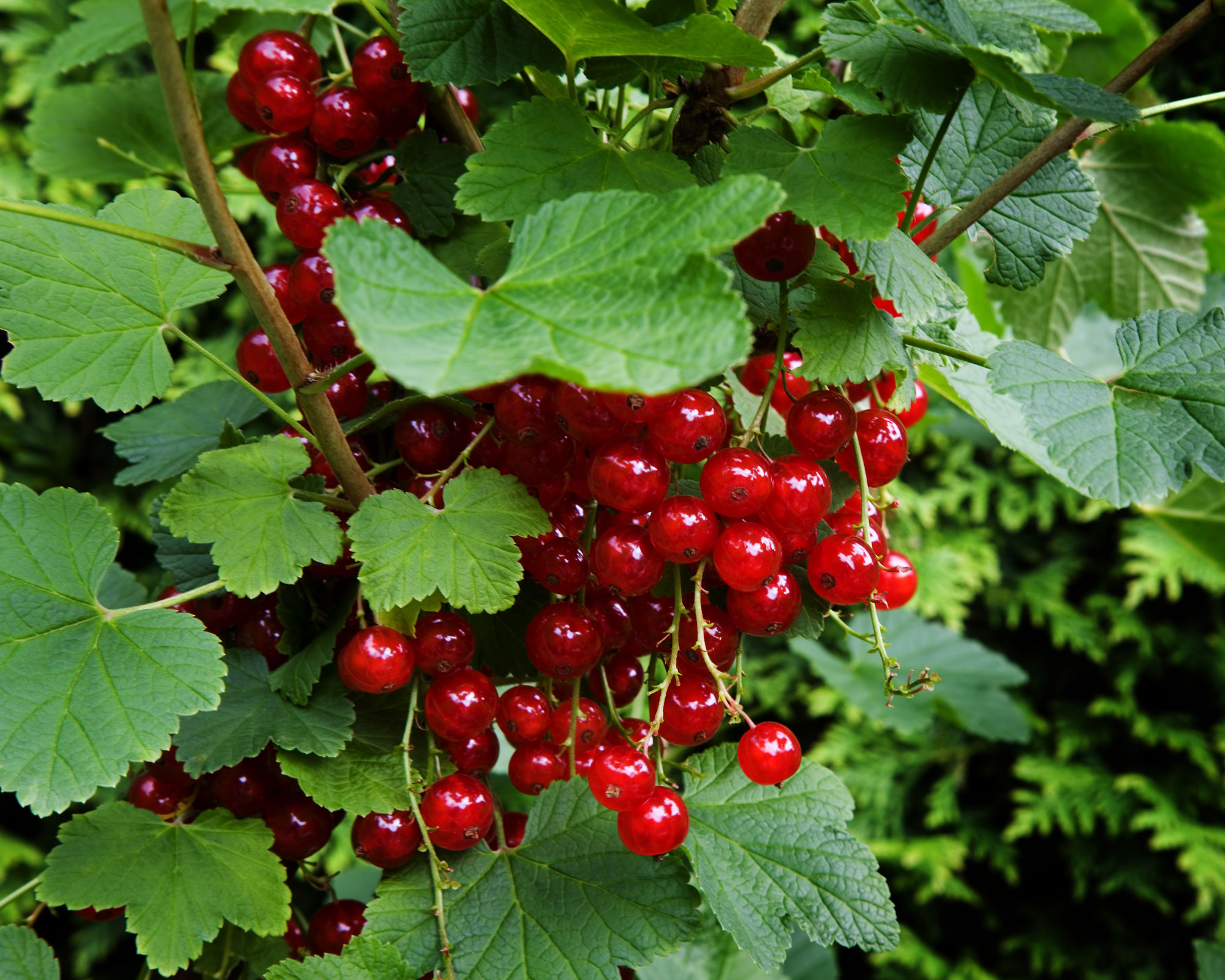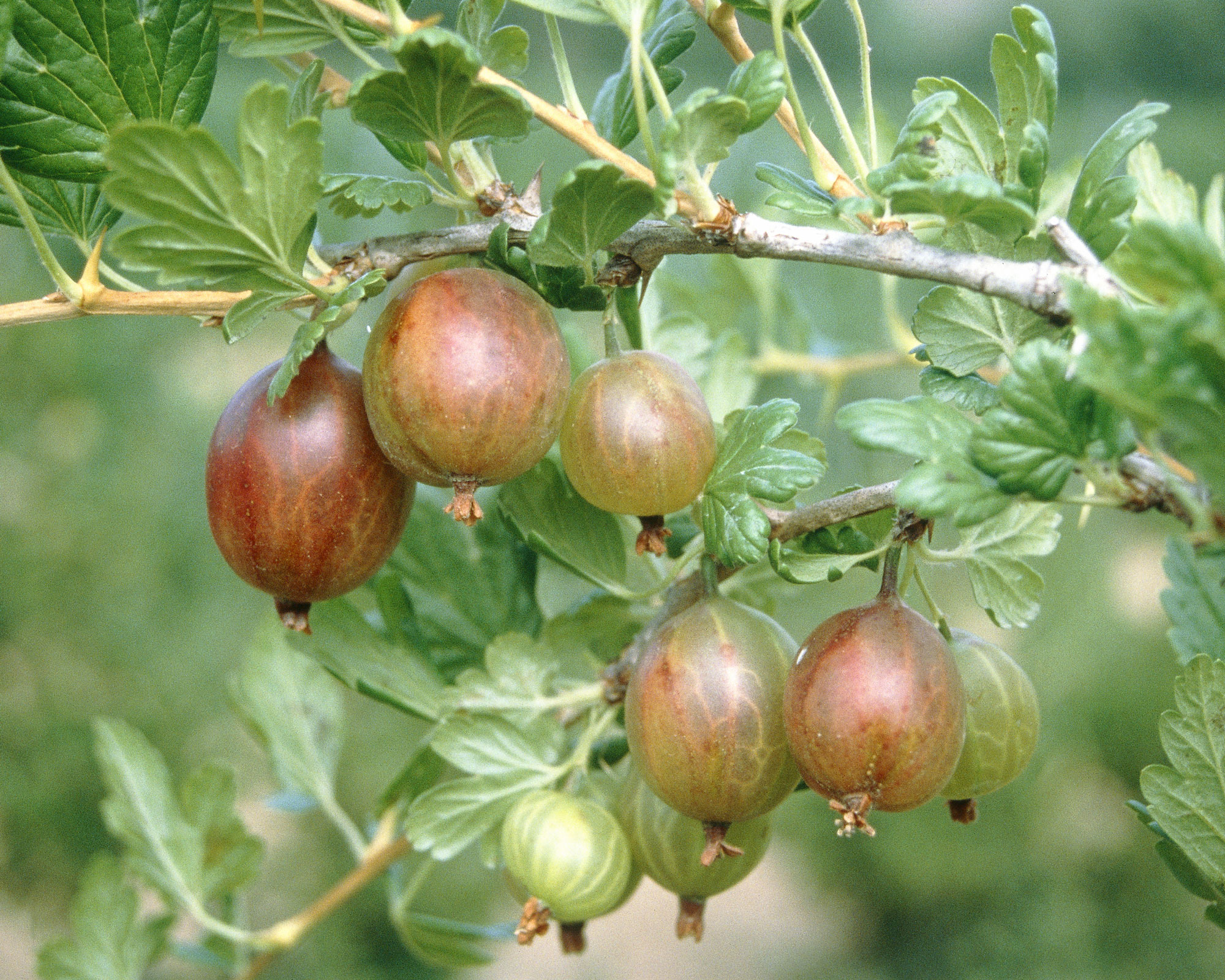Is it illegal to grow currants in the United States? Everything you need to know about the 'forbidden fruit'
From blackcurrants to gooseberries here is everything you need to know about whether it is illegal to grow currants in your state


Currants are a popular fruit grown and eaten throughout Europe as jam, juices, and sauces. However, many gardeners in the US are a stranger to these delicious Ribes plants because they are unclear on whether it is illegal to grow currants in the United States.
Currants are a great candidate if you're short on space and looking to start growing fruit in pots. As we fast approach autumn it is also one of the best bare-root plants to plant right now.
However, currants including red currants, black currants, and gooseberries were a 'forbidden fruit' for most of the 20th century. They were banned across the US for almost a half-century. In the 1960s this blanket quarantine was lifted, however, the restrictions have remained in place in many states to this day.

Blackcurrant bush
We're rounded up some facts to clear the air on whether you can legally add some blackcurrants to your backyard ideas.
Why is it illegal to grow currants in the US?
In 1911 it was made illegal to grow currants in the United States. They were banned by the US Department of Agriculture because they carried the white pine blister rust disease.
This fungus threatened to wipe out the pines in the US, so all Ribes were banned to protect the logging industry at the time. In 1966, the country-wide ban was rolled back, and it was left up to individual states to decide on restrictions.

Red currants
Are currants illegal to grow in the US?
Restrictions on whether it is illegal to grow currants vary between states. New research into white pine blister rust and the cultivation of plants immune to the disease has caused many states to rescind or modify their restrictions.
Massachusetts still maintains its regulations which prohibit black currants statewide according to Mass.gov website. However, it allows red or white currants and gooseberries only in certain towns.

Gooseberry bush
New York and New Hampshire allow black currants that are resistant to white pine blister rust to be grown. In New York, white and red currant varieties can be grown statewide, and some non-resistant varieties can still be grown in certain areas of the state. For more information, you can visit nysenate.gov which fully outlines the restrictions around currants in New York state.
Connecticut and Vermont, have seen blackcurrants thrive, as all currants are allowed statewide. In contrast, Maine continues to ban all blackcurrants, and Rhode Island probits several species and requires permits for other types.
Can I grow currants in my garden?
As long as your state permits it, you can grow currants in your garden. The plants are best suited to cool conditions and will drop their leaves when temperatures exceed 29 degrees.
They can be grown in pots all year round, or planted into the ground in well-drained soil between October and March. Follow the usual instructions for how to plant bare root plants.
Just be careful to ensure there is enough space for the roots to spread out. We'd also suggest you have a good jam recipe to hand for harvest time.
Rebecca has worked as a homes and interiors journalist for over four years, and is currently the Deputy Editor on Ideal Home online. Previously, she was the News Editor across the Future homes and gardens brands, including Gardeningetc.com. She lives in a rented flat in South London where she makes the most of window boxes to create small container gardens. Inside she has a jungle of houseplants in nearly every room which she does her best to keep up with regular watering and repotting.

